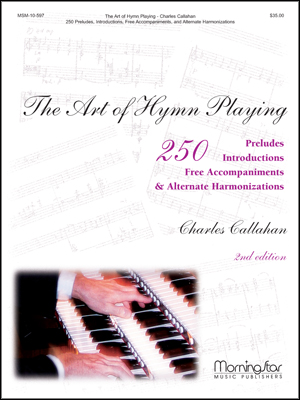- |
User Links
Lord, Bid Your Servant Go in Peace (Luke 2:29-32)
Hymn Information
- First Line
- Lord, bid your servant go in peace
- Translator
- James Quinn, S. J., b. 1919 (alt., 1969, 1989)
- Text Source
- <i>Nunc dimittis</i>
- Tune Name
- LAND OF REST
- Harmonizer
- Annabel Morris Buchanan, 1889-1983 (1938)
- Tune Source
- American folk melody
- Topic
- Biblical Names and Places: Simeon · Church Year: Christmas
Copyright Information
- Text Copyright
- Tr. © James Quinn, S.J., admin. OCP Publications
- Tune Copyright
- Public Domain
- Reprint/Projection Information
- Words: Permitted with a license from CCLI.com or from OneLicense.net. If you do not own one of these licenses, please contact the copyright holder for permission.
- Music: The Music is in the Public Domain; you do not need permission to project or reprint the Music.
Scripture References
Quoted or directly alluded to:
Further Reflections on Scripture References
The Song of Simeon, recorded in the Gospel of Luke, is also known by its opening Latin words, Nunc dimittus. It has been sung every night for well over a thousand years in Christian communities that worship every day together. This song of joy and peace is part of the gospel account of the presentation of Jesus in the temple, involving first Simeon and then Anna, who express thanks that salvation in Christ is for Jew and Gentile alike.
Sing! A New Creation
Confessions and Statements of Faith References
Further Reflections on Confessions and Statements of Faith References
When Simeon prayed these words, he must have been well aware of “the long road of redemption” as Our World Belongs to God, paragraph 18 calls it. God’s “fierce love” (paragraph 5) with which he held this world caused him to turn toward this world with patience and tender care (paragraph 18). Simeon is delighted to see the fulfillment of his promises.
Lord, Bid Your Servant Go in Peace (Luke 2:29-32)
Introductory/Framing Text
Assurance
Blessing/Benediction
Lord, Bid Your Servant Go in Peace (Luke 2:29-32)
Tune Information
- Name
- LAND OF REST
- Key
- F Major
- Meter
- 8.6.8.6


 My Starred Hymns
My Starred Hymns







